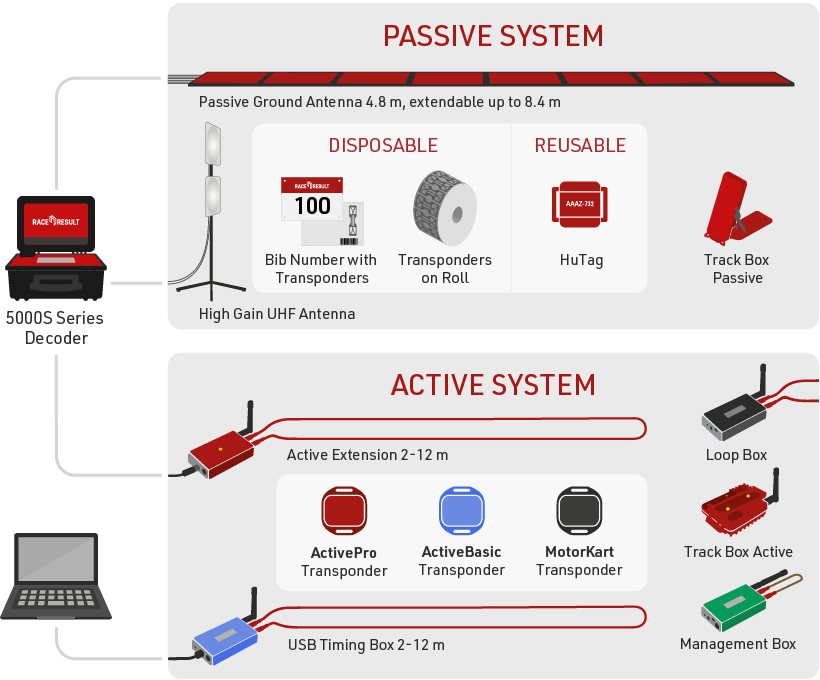

- TRAC RACE TIMING SOLUTIONS SERIAL
- TRAC RACE TIMING SOLUTIONS DRIVER
- TRAC RACE TIMING SOLUTIONS MANUAL
It's all but impossible to cheat with today's digital beacon and transponder system, leaving us to remember the days when a bit of manipulation also served as a form of (assisted) evolution.
TRAC RACE TIMING SOLUTIONS DRIVER
Spend a day at a club racing event and you'll inevitably hear a few calls over the public address system for a driver to visit timing and scoring to solve a data problem-a transposed ID number or something similar-that has led to a time sheet filled with names like Smith, Johnson, and otherwise, with "0297251" amidst them because the name on the entry list doesn't match the provided transponder number. And the reason for several is they figured if there is a problem and somebody made a mistake, three or four other people aren't going to make the same mistake at the same time." So they would have three or four people doing that.
TRAC RACE TIMING SOLUTIONS SERIAL
"And then to complement that you had three or four people doing serial scopes, which is where you're writing down the number of every car that comes by that takes a special person to do that, you're doing it down the column and then when the leader comes by, and you better know who the leader is, and then go to the top and you write another column. So if you're doing 50 second laps and then all of a sudden you've got a 100 second lap, you probably missed one." And that way you can figure out what the lap time was. You have to be paying attention, your car comes across the line and then you note whatever number is staring at you as your car goes over the line, you would write that number in the box and you're writing in them going up the column. They have a card and the laps went from the bottom up so you could subtract. This flop system they have one person per car seat. 150 people with runners and so on and so forth. "The timing and scoring and crew might be 150 people. So what you were writing down was approximately the number of seconds that the race had been going." Then 99 and then three of them would go over. And then we got to 10 or nine, or whatever, it would: flop, flop, flop. When the race starts it just goes flop, flop, flop, flop, flop. "You had the flopper system," said Indianapolis 500 historian Donald Davidson, "the field comes across and then you hit the thing and there would be these plates that would flop over at approximately one second intervals. Think of it as a precursor to the early computers which filled an entire room yet could only perform basic calculations. That system was replaced by a huge technical advancement-but one that demanded an extraordinary amount of support to administer the monster.

TRAC RACE TIMING SOLUTIONS MANUAL
Timing and scoring workers would then be responsible for noting which car tripped the wire and building a manual running order list for each lap.

Passing cars would run over the wire and trigger an create an imprint on a time card. The Indianapolis 500, as we noted in an earlier TRA tale, got its start using the most intrusive timing system possible-one with an actual wire that ran across the start/finish line and sat approximately one inch off the racing surface.


 0 kommentar(er)
0 kommentar(er)
